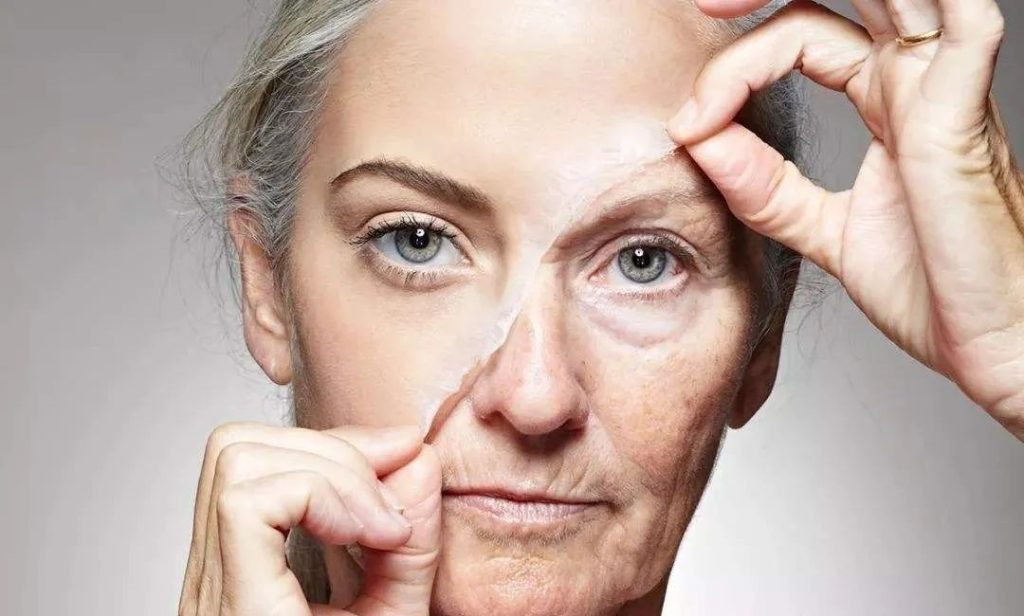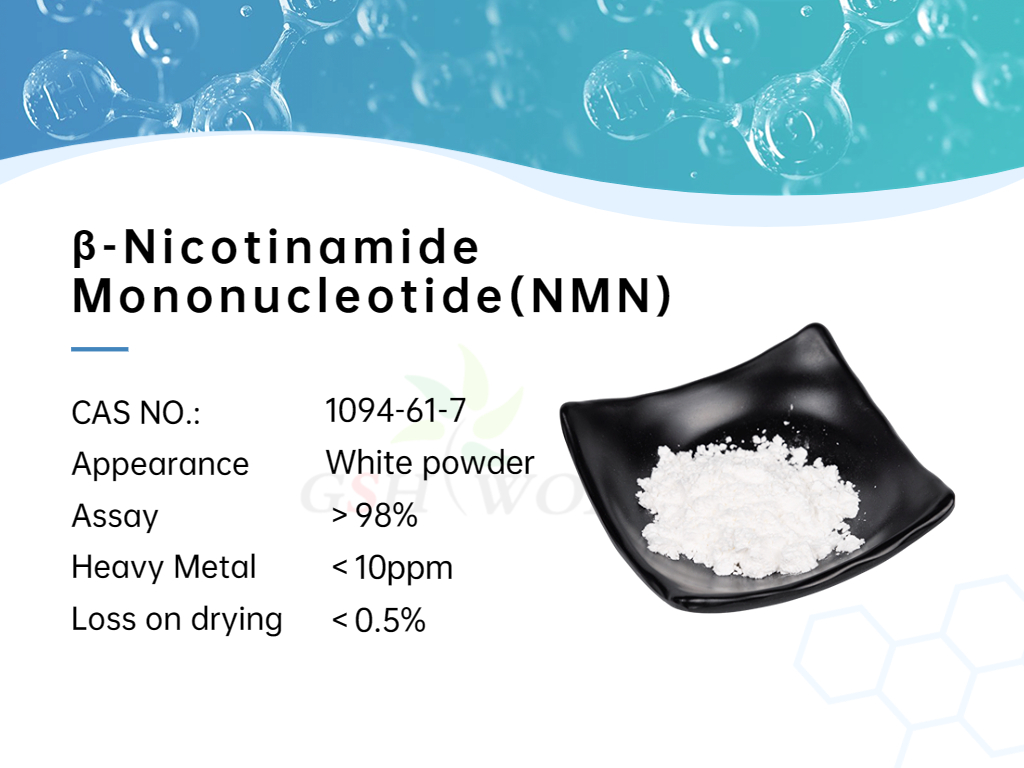Why does NMN receive widespread attention?
Some people look “extremely old” because there is too much NAD+ loss in the body. When NAD+ is insufficient in cells or is destroyed too much, it will lead to weakened skin elasticity, causing wrinkles, dehydration, dull luster and other aging symptoms. NMN
Scientific research has proven that NAD+ in the human body will decline rapidly after the age of 30. At the age of 50, the amount of NAD+ in the body is only 1/2 of that at 20 years old, and at 60 years old, it is only 1/4 of that at 20 years old.
That’s because for people older than 70, as age increases, NMN levels in the body gradually decrease, and the body will experience degenerative symptoms, such as muscle degeneration, weakened brain power, deepening of pigmentation, hair loss and other problems;
For many young people, many problems also trouble them, such as long-term high stress, staying up late, etc., which reduce NMN levels and advance degenerative symptoms, such as weakness, stupor and other symptoms.

NMN has anti-aging effects by increasing the NAD+ content in the body, and also helps enhance human immunity.
What is the underlying logic behind NMN being a longevity drug?
“The underlying logic of NMN as a longevity drug” was published in Cell Molecular Biology. The article has three important conclusions:
- Cell damage triggers metabolic shifts to promote survival.
- Blocking damaged cell metabolism pathways can lead to cell death.
- NMN restores damaged cell vitality by reversing metabolism.
As we age, our cells and DNA become damaged. To compensate for this, our cells have developed a damage-sensing response using an array of proteins. One such DNA damage-sensitive enzyme, called Poly (ADP-ribose) polymerase 1 (PARP1), consumes the important molecule nicotinamide adenine dinucleotide (NAD+) to repair DNA and promote cell survival. But the consequences of NAD+ depletion by PARP1 in cells with DNA damage are unclear so far.
A study was published in “Cell Molecular Biology” to the effect that when a cell faces PARP activation, it undergoes a metabolic shift, and PARP activation involves the conversion pathways used by cells to produce energy.
“Our study provides an important example of a mechanism that induces a metabolic switch that is critical for cell survival against complex DNA damage,” the researchers said in their publication. These results shed light on the mechanisms associated with aging and damage. Cellular pathways.
Cells can produce energy in two ways

1. Cells obtain energy from the breakdown of the sugar glucose through a process called glycolysis. They also absorb energy from electron exchange reactions involving NAD+ and its electron-carrying form, NADH, in a mechanism called oxidative phosphorylation.
Digman and colleagues found:
PARP1 activation by experimentally induced DNA damage not only triggers NAD+ depletion but also shifts the metabolic balance from glycolysis to oxidative phosphorylation. In other words, when cells are damaged to a certain extent, they begin to break down sugar and exchange electrons to produce energy.
Cell damage leads to NAD+ depletion and metabolic shifts
To demonstrate the metabolic state of the cells in response to injury, the scientists measured glycolysis and oxidative phosphorylation in damaged human cervical cancer cells (HeLa cells).
The team artificially damaged the cells using a reagent called methyl methanesulfonate (MMS). This triggers HeLa cells to rely more on oxidative phosphorylation, as shown by the higher ratio of oxygen consumption rate to extracellular acidification rate. Importantly, when the researchers inhibited PARP and supplemented it with nicotinamide mononucleotide (NMN),
HeLa cells switched their metabolism from oxidative phosphorylation to glycolysis. These findings provide evidence that DNA damage induces PARP activation.
2.Damaged cells rely heavily on electron exchange to generate energy.
To show the impact of critical oxidative phosphorylation on the energy production and survival of damaged cells,
the researchers treated damaged cells with rotenone and antimycin, inhibitors of oxidative phosphorylation.
Damaged cells treated with these inhibitors showed a substantial reduction in survival,
but PARP inhibition was able to restore cell viability.
This demonstrates the importance of oxidative phosphorylation for the survival of damaged cells and how PARP1 activation mediates a metabolic shift toward dependence on oxidative phosphorylation.
How energy production relies on electron exchange varies by cell type
To determine whether PARP1-mediated damage-induced metabolic shifts occur only in human cancer HeLa cells,
Digman and colleagues examined noncancerous human cells—fibroblast HFF-1 and retinal cells ARPE-19. The cell damaging agent MMS relies on PARP-mediated oxidative phosphorylation and greatly reduces the viability of ARPE-19 cells. On the other hand, they did not see these effects in HFF-1 cells. They speculated that the damage-induced dependence on oxidative phosphorylation is not unique to HeLa cells,
but rather that there is significant variability among cell types.

Research has proven that cells obtain energy through electron exchange,
and NMN converts oxidative phosphorylation into glycolysis, so that metabolism reversed and people live younger and younger.



